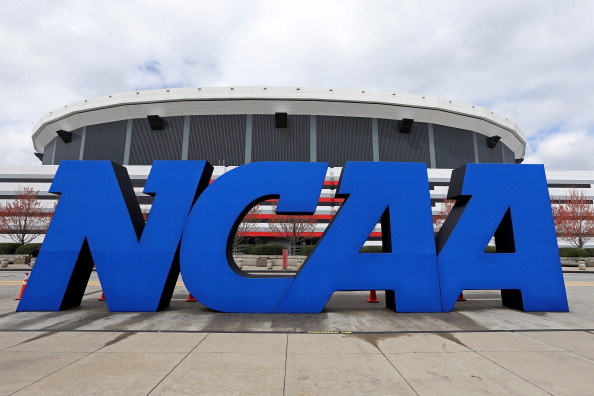As settlement talks heat up in the House vs. NCAA lawsuit – potentially costing the college sports governing body $2.9 billion in back damages – there’s uncertainty about how any agreement would be put into action.
Two options seem viable: Congressional assistance or a collective bargaining agreement. Both could help the NCAA avoid further legal battles and penalties.
Sources suggest that this week might reveal Congress’s role. Since Charlie Baker became NCAA president, he’s been urging lawmakers to pass legislation preempting state laws and establishing an agent registry, among other measures.
One thing the NCAA has long sought is an antitrust exemption. Currently, Major League Baseball is the only U.S. sports entity with such an exemption, which would shield the NCAA from numerous lawsuits.
Expectations are high for a new bill addressing NIL (name, image, and likeness) and possibly the House vs. NCAA case to be introduced this week. Several bills have been proposed in the past 18 months, but none have gained traction. No NIL bill has even reached a vote since 2020.
This news coincides with the College Football Players Association (CFBPA) advocating for a new college sports model. Jason Stahl, the association’s founder, proposed a hybrid model sanctioned by Congress, which wouldn’t classify athletes as employees but would enable collective bargaining.
This idea isn’t new. Notre Dame’s outgoing athletic director, Jack Swarbrick, and Jim Cavale, founder of Athletes.Org (AO), have both suggested similar models. AO, though not a union, has enlisted around 3,000 athletes since its founding.
Stahl and his board plan to lobby lawmakers in Washington, D.C., this week for legislation supporting their bargaining model without employment status.
However, the political landscape complicates matters. Republicans and Democrats have clashed over revenue-sharing and employment classification for athletes in college sports bills. With divided control of Congress and an impending presidential election, time is running out for a resolution, especially given the roughly 40-day settlement deadline.
Amidst this, Stahl notes a reluctance among current athletes for prolonged legal battles over employment and unionization.















































